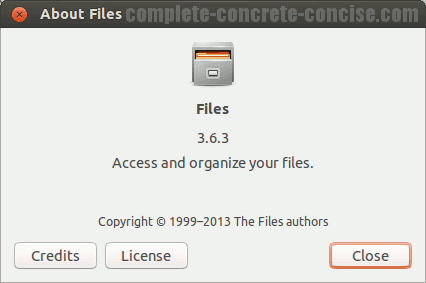

Mac OS X 10.6 Snow Leopard and below: The profile folder for your Mozilla application is not hidden but you may need to find other hidden files or folders (see below).Check the box next to Show Library Folderįor other solutions, see this 2014 osxdaily article and this 2018 macworld article.

Select the View menu and click Show View Options.Navigate to your Home directory (select the Go menu and click Home).In recent macOS versions (OS X 10.9 Mavericks and above) follow these steps to always show the ~/Library folder: In older OS X versions, once it's open you can drag the small icon of a folder in the header of the Library's window into the Favorites section of the Sidebar. You can open your user Library folder by holding down the Option key while opening the Go menu in Finder, then selecting Library. Mac OS X 10.7 Lion and above: By default, the ~/Library folder (which contains the profile folder, Crash Reports and other user data for Mozilla applications) is hidden.You can also right click on the directory listing in the file picker (such as the Attach files(s) window) and select "Show Hidden Files".

If you enable "show hidden files" in the file manager when Mozilla calls the native file picker it will also show hidden files. You could modify filepickerLoad() in chrome/toolkit.jar/content/global/filepicker.js to call the function to show hidden files and folders but it is not recommended. Unfortunately that checkbox is not sticky, the next time you run the application you need to enable it again. It is typically faster and has a "show hidden files and directories" checkbox at bottom left. However, the Linux builds have a built-in file picker that you can enable by setting the ui.allow_platform_file_picker preference to false using either about:config or the Config editor (Thunderbird). įirefox, Thunderbird and SeaMonkey use the native file picker by default (for example, when adding attachments). You can view them using a terminal window or a different file manager. Nautilus (the default file manager for Gnome) will not show any hidden files that end with a "~" (such as backup files generated by gedit). For example the Dolphin file manager doesn't have that command because it lets you enable showing hidden files by modifying the folders view properties. If it doesn't have that exact command it should have something similar. Most file managers (Nautilus, Konqueror, Thunar) have a "View -> Show Hidden Files" command that will make them visible. Linux hides files or folders that begin with a dot. To search for files or folders in hidden locations, click "Start -> Computer" and, in the window that opens, enter the name of the file or folder in the Search Computer box.

#SHOW HIDDEN FILES TERMINAL UBUNTU WINDOWS#


 0 kommentar(er)
0 kommentar(er)
